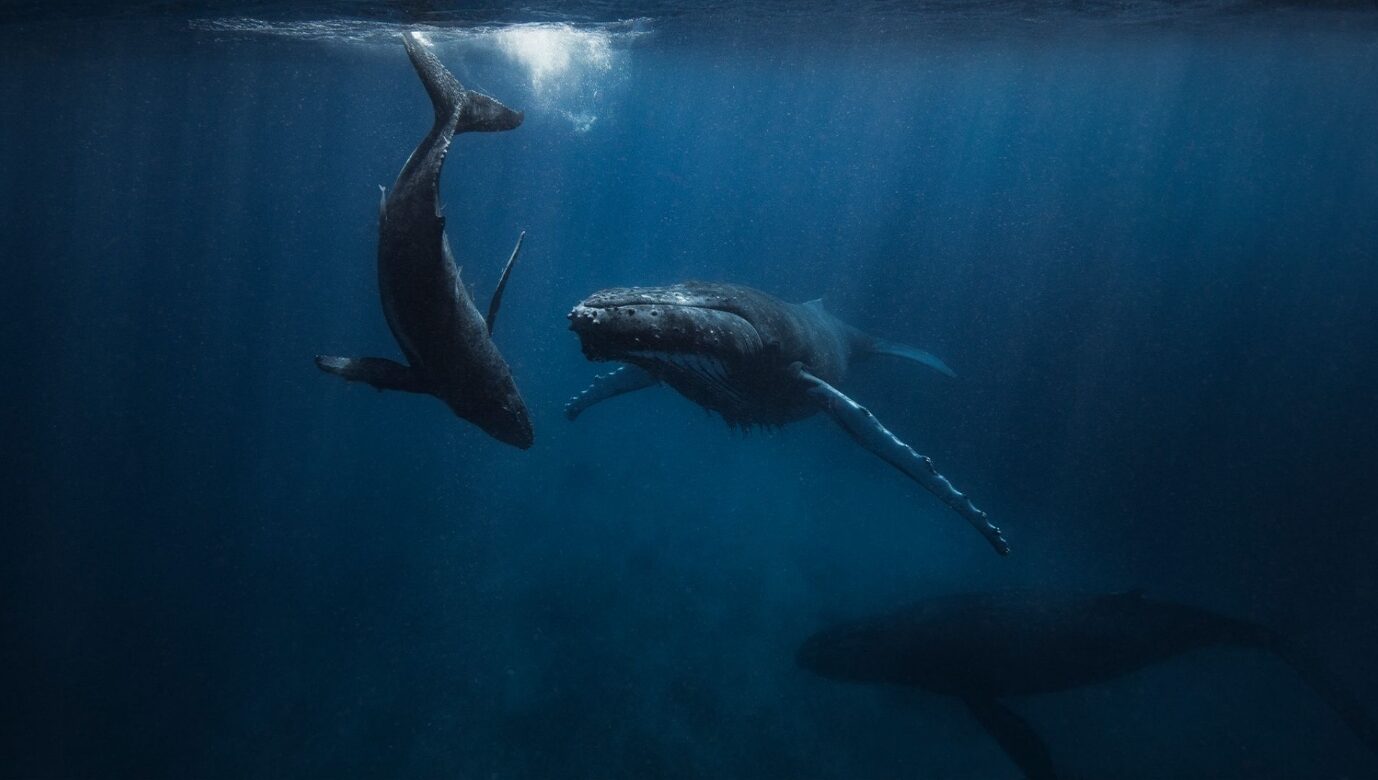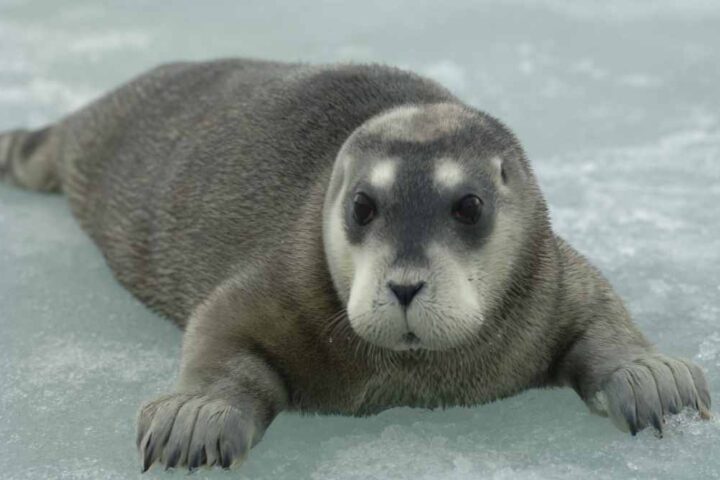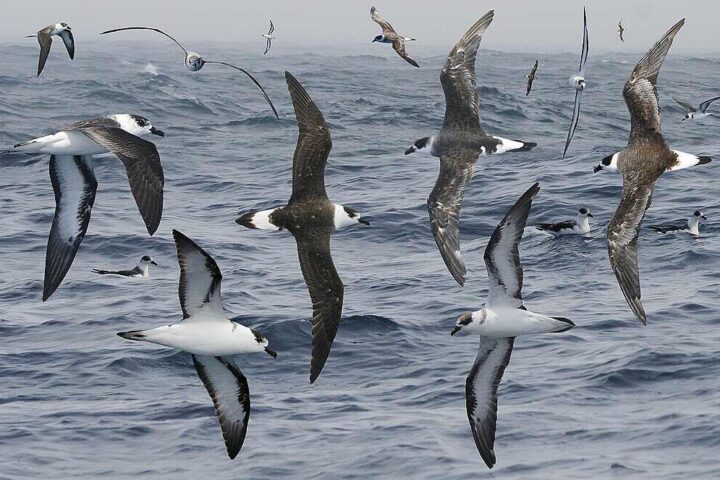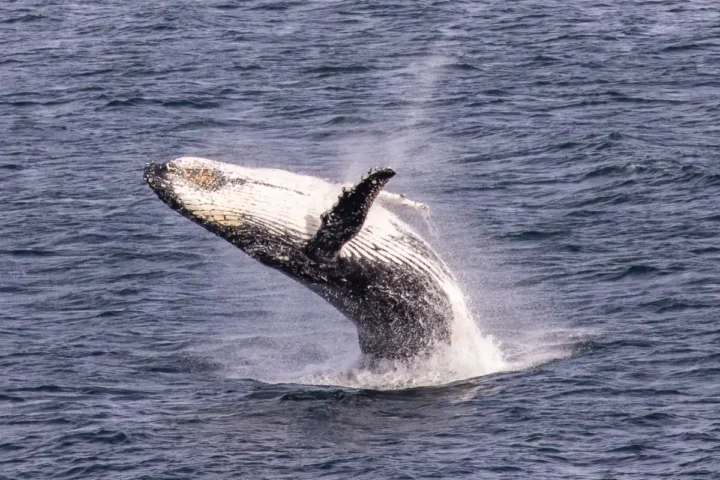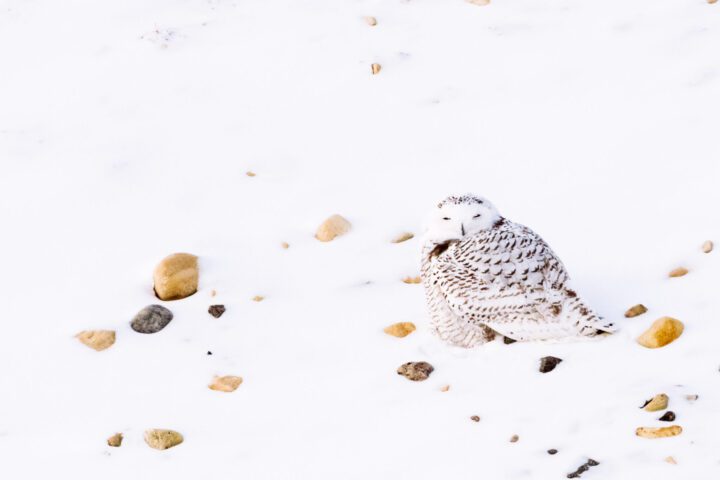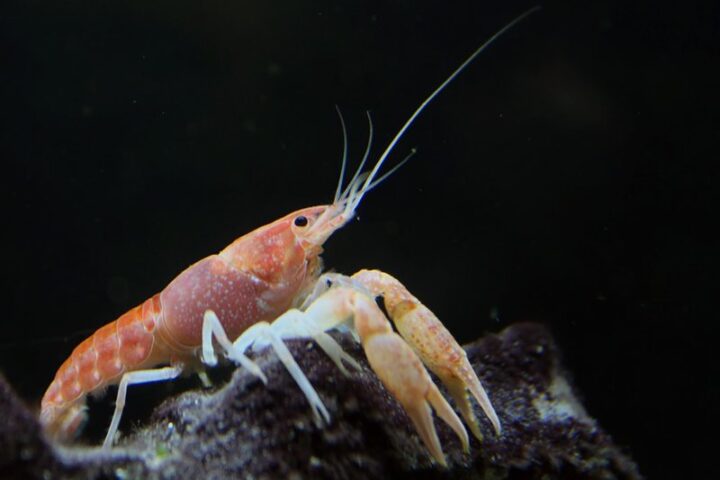The haunting songs of whales, used for communication and navigation, are increasingly drowned out by the roar of ships, the boom of seismic surveys, and the clatter of offshore construction. As human activity ramps up along bustling maritime trade routes, the resulting barrage of noise pollution is threatening the ocean’s majestic giants.
“If you cause your ship to stop and place the head of a long tube in the water and place the outer extremity to your ear, you will hear ships at a great distance from you,” observed Leonardo da Vinci presciently in 1490. More than 500 years later, the ocean has transformed from a serene haven into a raucous environment.
Oceans Get 100 Times Louder in 70 Years
Ambient noise levels in the ocean have soared by over 20 decibels since 1950, representing a staggering 100-fold increase in background noise intensity. The culprits? Shipping, resource extraction, and offshore construction, according to Dr. Stuart Johnston, a mathematical biologist at Australia’s University of Melbourne.
“Listening to detect sounds and communicating with sound is crucial to a whale’s survival,” emphasized the National Marine Fisheries Service. Whales rely on vocalizations like the complex songs of humpbacks, the low moans of fins and blues, and the quirky “boing” of minkes to locate food, find mates, and stay in contact with their pod.
But as the ocean cacophony intensifies, whales are finding it harder to hear each other. Studies show noise pollution can shrink whales’ communication range, induce stress, disrupt feeding and social behaviors, and even cause physical harm like temporary or permanent hearing loss.
Models Warn of Failing Whale Migrations
To investigate noise pollution’s impact on annual whale migrations, Dr. Johnston’s team developed mathematical models simulating three main responses: solitude, avoidance, and confusion. The results, published in the journal Movement Ecology, paint an alarming picture.
If whales primarily respond to noise by traveling alone (solitude), migrations slow down but still occur. However, if whales actively avoid noisy areas or become confused and disoriented, the consequences could prove “catastrophic,” warned Dr. Johnston.
“Our model showed distinct and concerning changes in migration behavior,” he explained. High noise regions could expand until “ultimately the migration path is cut off and migration completely fails.”
Similar Posts
Quieter Ships and Rerouted Traffic Could Help
While noise pollution’s worst impacts remain hypothetical for now, Dr. Johnston emphasized the urgency for action as maritime traffic continues to swell. “It has never been more important to understand the consequences of the choices that we make,” he said.
Organizations like the International Maritime Organization (IMO) are developing guidelines to mitigate shipping noise, but critics argue for stronger regulations and enforcement. “Slower shipping speeds and rerouting,” as suggested by Scientific American, could provide short-term relief.
Shipbuilders are also exploring innovations like quieter propellers, streamlined hulls, and noise-reducing coatings. The Mærsk Mc-Kinney Møller Center for Zero Carbon Shipping highlights the potential of battery-powered vessels to reduce greenhouse gas emissions and increase energy efficiency in the shipping industry. This transition to electrification is seen as a crucial pathway towards decarbonization.
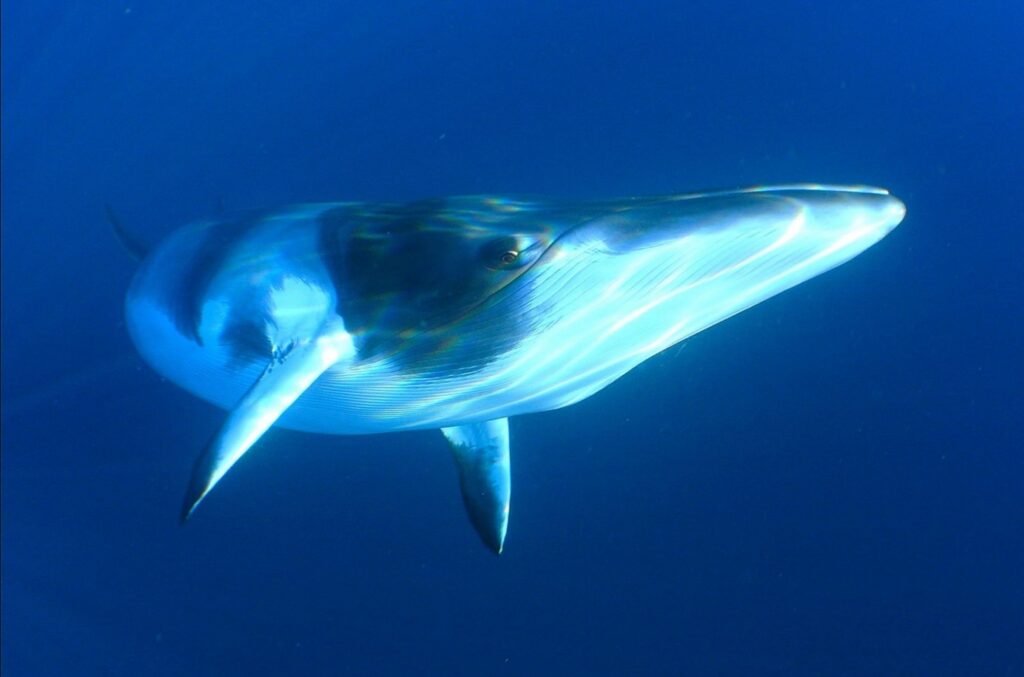
MIT Technology Review outlines various technologies and innovations that can help save the ocean, including satellite telemetry for tracking marine megafauna, underwater landscape mosaics for coral reef conservation, and 3D imaging technologies for pearl oyster restoration.
Meanwhile, The National Oceanic and Atmospheric Administration (NOAA) emphasizes the importance of establishing marine protected areas as acoustic sanctuaries. NOAA’s Ocean Noise Strategy aims to monitor long-term trends and fill critical data gaps to address the impacts of ocean noise on marine species and ecosystems.
As new technologies emerge – from autonomous underwater vehicles to AI-powered acoustic monitoring – scientists may soon have more tools to study noise pollution’s impacts without adding to the din.
But in the end, preserving the ocean’s delicate sonic environment and safeguarding whales will require commitment from policymakers, industries, and the public to find solutions in the face of a rapidly changing ocean.
